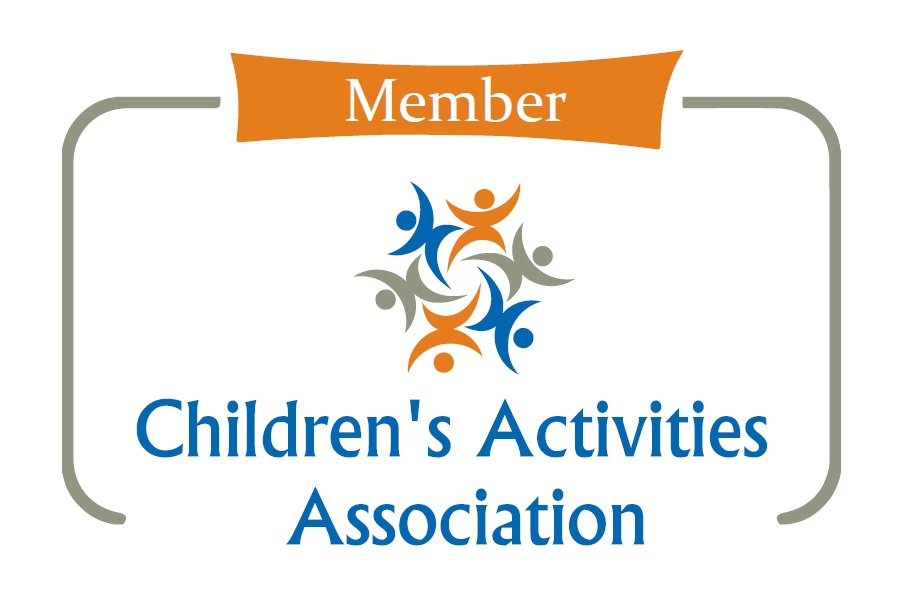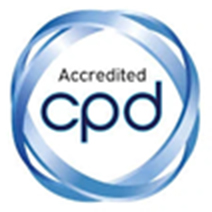Meningitis is a word that frightens a lot of parents. There is a lot of confusion around the topic – most people have heard of the tumbler test for the distinctive rash – but not everyone knows that a rash isn’t always present.
5th October is World Meningitis Day and we thought it was the ideal time to give you all a refresher on the symptoms and treatment of this very serious illness. We also hear about the first hand experience of a mum, whose little girl Lucy was hospitalised with life-threatening meningitis.
What is meningitis?
Meningitis is an infection of the protective membranes that surround the brain and spinal cord (known as the meninges). It can be viral or bacterial, with the latter being the more serious. Meningitis is more common in babies and young children than the rest of the population, which is why it is so important parents can spot the signs, as it can cause life-threatening blood poisoning (septicaemia) if not quickly dealt with.
Symptoms of meningitis
Anyone who knows anything about meningitis will tell you to trust your instincts. You know what is normal and what isn’t for your child. If you even suspect meningitis, make sure you ask the question – “could it be meningitis?”
Babies especially can go downhill fast with meningitis, so keep checking on them. Early symptoms can be like other childhood illnesses, but a baby with meningitis will get ill quickly and symptoms will get worse fast.
Below is a list
of the symptoms to look out for, but be aware, not every child will have every
symptom:
· Tense or bulging soft spot (fontanelle on head)
· A high temperature above 38 degrees (but be aware that temperature could be normal or even low in babies under 3 months)
· Headache
· Very sleepy, or too sleepy to wake up
· Fast breathing, or difficulty breathing
· Extreme shivering
· Cold hands and feet
· Vomiting or refusing to feed
· Pain and / or irritability from muscle aches or severe limb / joint pain
· Stiff or rigid neck
· Dislike of light
· “Pin prick” rash or purple bruises anywhere on the body (not always present)
· Blotchy skin, getting paler or turning blue
Please be aware that the more well-known symptoms such as stiff neck, aversion to bright lights, and the non-blanching (does not disappear under pressure) rash can often appear later on or not at all.
Seek medical advice as soon as possible if you suspect meningitis.
How is meningitis treated?
Children with suspected meningitis will have tests in hospital to check if the meningitis is viral (less serious) or a bacterial infection – this is the more dangerous form of meningitis and requires quick treatment which includes antibiotics and fluids administered directly into a vein. Your child may need to stay in hospital for several days.
After being discharged from hospital, it is really important that children who have had bacterial meningitis receive a follow up:
· A hearing test should be offered within 4 weeks
· A review by a paediatrician should be offered within 4-6 weeks to establish if any after effects are present
Can there be complications following meningitis?
Viral meningitis will usually get better on its own and doesn’t often cause any long-term problems. Bacterial meningitis can be more problematic, especially if there was a late diagnosis and / or treatment was delayed. Complications can include:
· Hearing and/or vision loss
· Problems with memory / concentration
· Seizures
· Movement and balance problems
We would advise you to seek medical help should you
notice any of the above and your child has recently recovered from meningitis.
Fiona and Lucy’s story

Fiona, do
you still remember vividly what happened to Lucy?
I can still remember the exact date and everything that happened. It was Tuesday 8th November 2011 - a day I will never forget.
Can you
describe what happened when Lucy became ill?
The day started normally and we headed off for lunch at a local soft play. Lucy dashed off with her friends but later complained she had bumped her head on the slide. After a cuddle and kiss she went back off to play. At lunch, she didn’t eat a thing - instead she crawled into the pushchair and fell asleep. She woke as we left but then was sick as we arrived for school pick up. I just assumed she had a tummy bug.
Lucy was sick a couple of times that evening; and whilst in the bath complained her head hurt. When I checked again, there was no visible mark and I didn’t think she had bumped her head hard. Lucy slept in our bed that night so we could keep an eye on her. She woke up a few times to be sick, had a little chat and went back to sleep.
I take it
her symptoms then got worse?
The next morning Lucy woke as usual and came downstairs to snuggle on the sofa. I left the living room for a few minutes and when I returned, Lucy had been sick again but this time was different. Her sick was almost black and she hadn’t woken up. I tried to wake Lucy but she was floppy and less responsive than usual. I had been checking her temperature during the morning and it was still normal. She seemed to respond a little whilst I was speaking to Daddy at work as well as the doctor. I checked her for rashes but her skin was normal. On the way to hospital to get her checked out, Lucy was talking but seemed very drowsy. I also noticed that her hands and feet were incredibly cold.
What
happened when you got to hospital?
At A & E Lucy was admitted straightaway and had fluids pumped into her; but she was becoming more unresponsive and had now developed a high temperature as well as a couple of very tiny blemishes on her tummy and foot. Doctors started her on a course of antibiotics just in case she had meningitis. I couldn’t believe it.
Blood tests showed that Lucy had a severe bacterial infection and the results of a lumbar puncture indicated she had meningitis.
How long
was she in hospital?
By the time she had her lumbar puncture, Lucy had thankfully been on the antibiotics for 24 hours and was showing slight signs of improvement. She came home five days later.
How long
did it take for Lucy to recover?
She was very weak for a while and it took months for her balance to return to normal. Other than having a hearing loss in her right ear now, she has made a full recovery.
What advice
would you give to parents?
Don’t wait for the rash. When people think about meningitis, this is always what they think about first. This is however usually one of the LAST symptoms to develop and not everybody develops a rash anyway. The rash usually appears when the patient develops septicaemia (blood poisoning), and by this time, they are extremely poorly.
Lucy, now aged 13, pictured below with her brother

Fiona, thanks so much for sharing your experiences
with meningitis with us, it is so useful to hear about a real life experience,
especially as the symptoms of meningitis can be complex.
We hope this blog has empowered you to feel more confident recognising the symptoms and asking the vital question – “could it be meningitis?”
All the best, Mini First Aid xx
Sources: NHS UK, Meningitis Research Foundation
You can learn about meningitis and septicaemia, as well as vital first aid including CPR and treatment for burns and choking at our 2 hour Baby and Child First Aid class
Did you know our family first aid kit includes a digital thermometer - Mini First Aid recommend this type of thermometer for the most accurate reading and simplicity of use. You can buy your family first aid kit here










